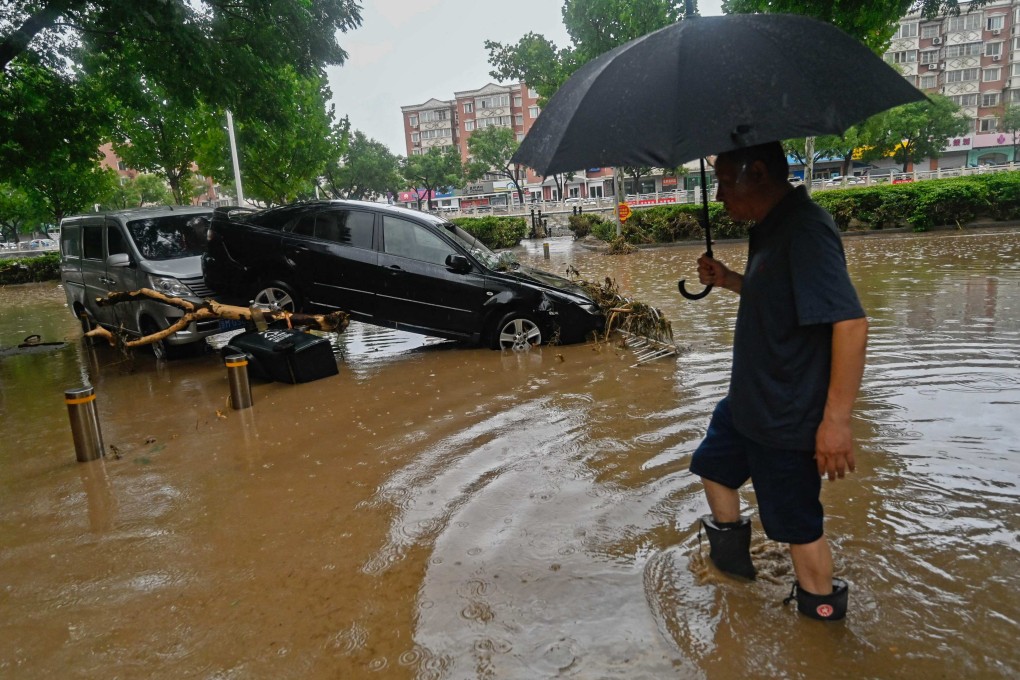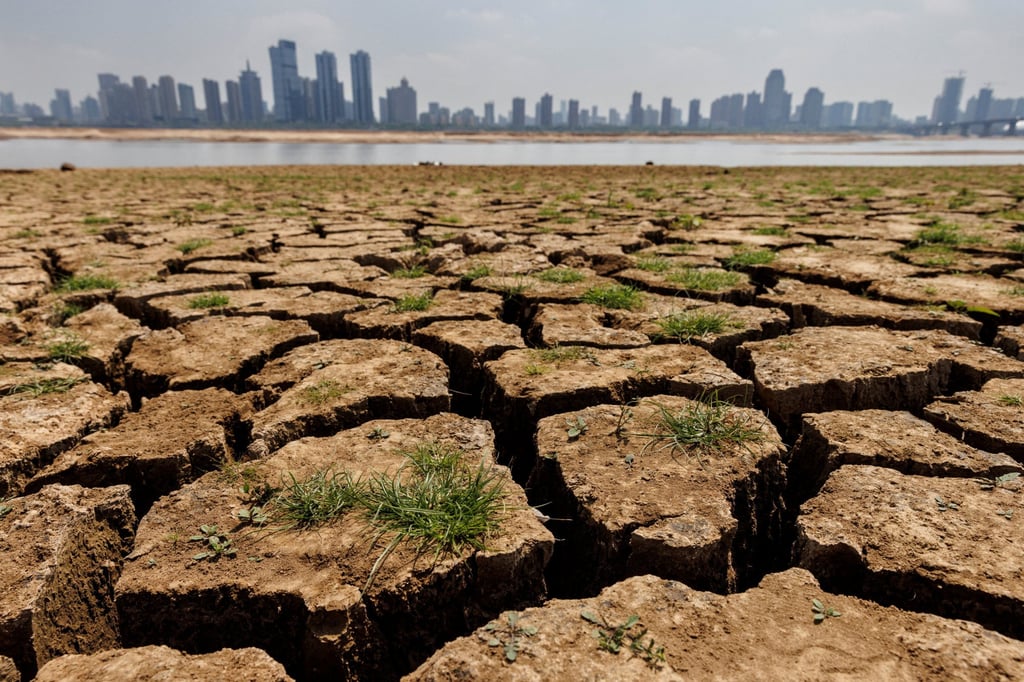Climate adaptation financing gap widens as flows decline amid pandemic, war, while funding needs climb : UN
- Developing countries’ adaptation funding needs have risen to a range of US$215 billion to US$387 billion per year this decade
- Adaptation finance flows to developing countries declined by 15 per cent to US$21 billion in 2021, leading to a finance gap of US$194 billion to US$366 billion per year

Developing countries are facing their “highest-ever” adaptation financing gap as funding requirements are growing at a time when flows are declining, due to the Ukraine war and post-pandemic challenges.
The funds required for climate adaptation in developing countries have risen to a range of US$215 billion to US$387 billion per year this decade, and these financial needs are projected to rise significantly towards 2050, according to a new report released by the United Nations Environment Programme (UNEP) released on Thursday.
However, adaptation finance flows to developing countries declined by 15 per cent to US$21 billion in 2021 despite pledges made at COP26 in Glasgow to deliver around US$40 billion per year in adaptation finance support by 2025.
This has led to a finance gap of US$194 billion to $366 billion per year in developing countries, UNEP found, attributing the “U-turn” in the trajectory of investing in adaptation to the Covid-19 pandemic and the war in Ukraine. In addition to finance, progress on climate adaptation is slowing on all fronts including planning and implementation.
“While five out of six countries have at least one national adaptation planning instrument, progress to reach full global coverage is slowing,” the UNEP report said. “And the number of adaptation actions supported through international climate funds has stagnated for the past decade.”

Meanwhile climate change has become more “disruptive and deadly” as temperature records tumbled globally and regionally in 2023, according to UNEP. July 2023 was Earth’s hottest month on record, according to scientists from Copernicus Climate Change Service, a division of the European Union’s space programme.